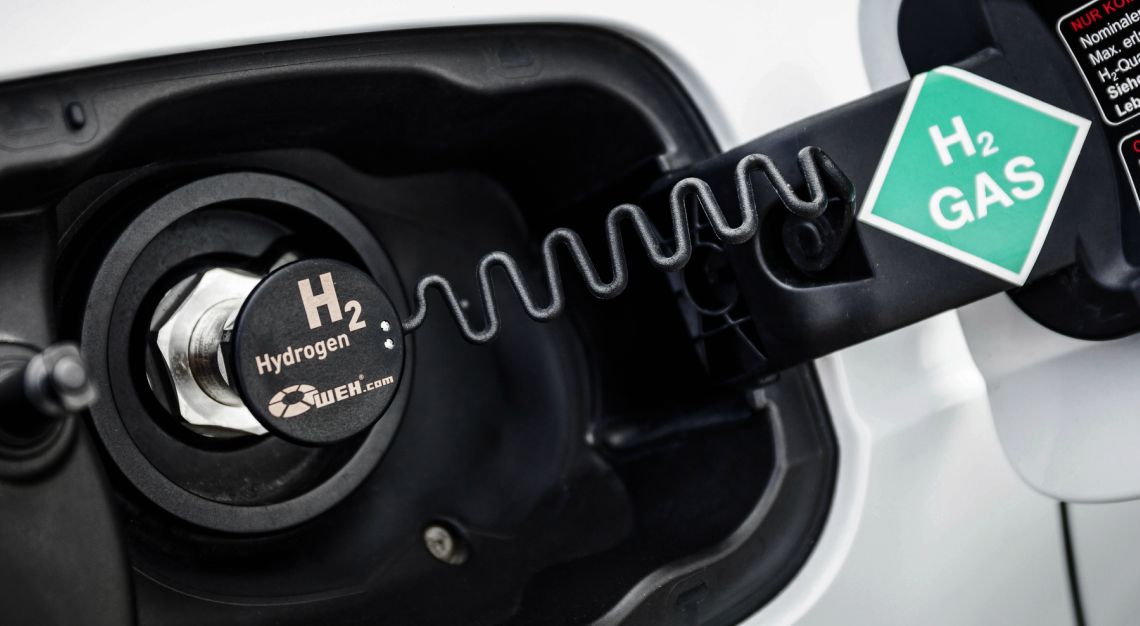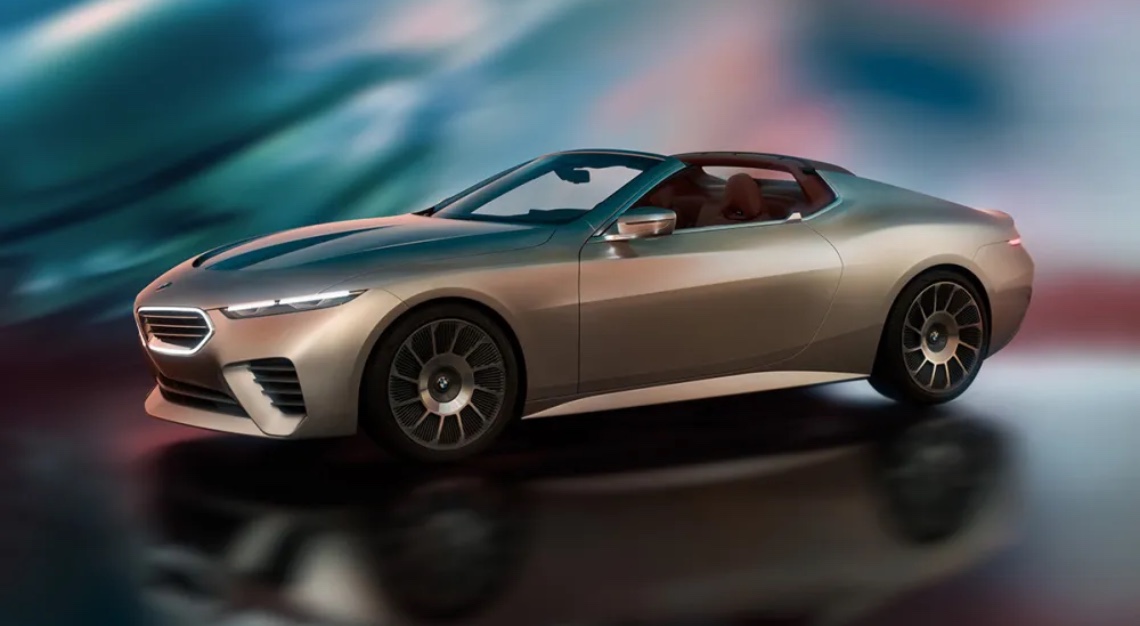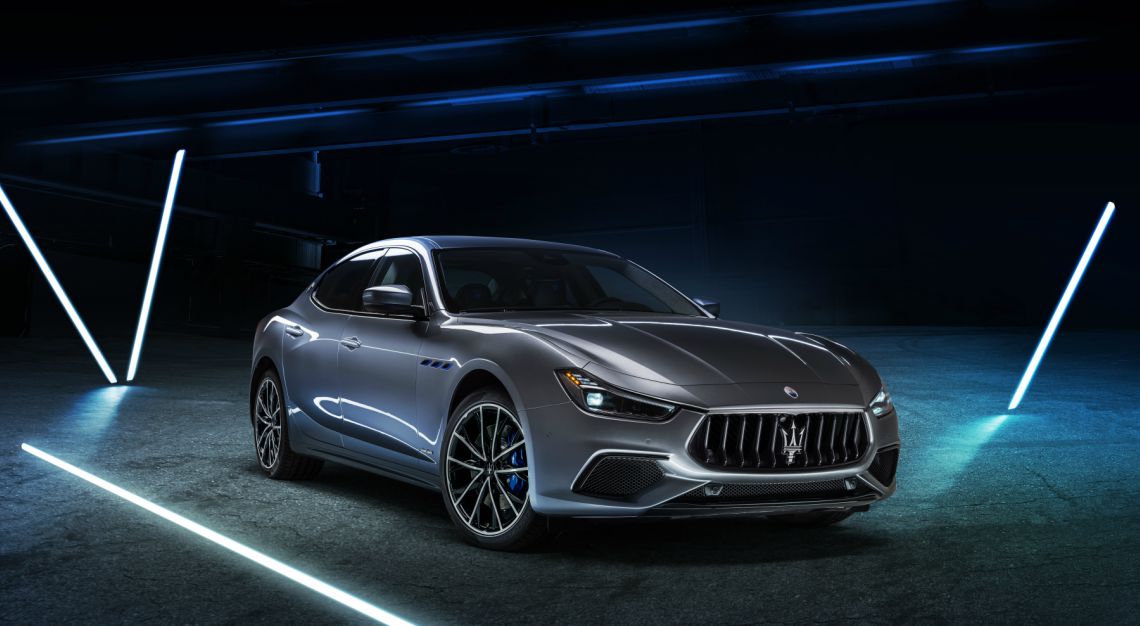Electric may be the fuel of the (near) future, but beyond that lies hydrogen and even biofuels made from algae and recycled materials.
One of the frontrunners of an alternate energy source is hydrogen, a fuel which can be produced through several methods, the most common being natural gas reforming and electrolysis. Today, about 95% of all hydrogen is produced from steam reforming natural gas, a high-temperature process in which steam reacts with a hydrocarbon fuel to produce hydrogen.
A fuel cell vehicle works similarly to a hybrid car, where the petrol tank and combustion engine are replaced by a hydrogen tank and a fuel stack. Instead of petrol, the vehicle moves when hydrogen fuel reacts with oxygen to produce electricity, with water being the only by-product of this process.
Although hydrogen-fuelled cars seem like a viable option, by the end of 2019, only 7,500 hydrogen cars had been sold around the world. This pales in comparison with approximately 2.2 million passenger plug-in car sales globally in the same year, capturing 2.5% of the market share – equivalent to 1 in 40 new cars. 74% of the volume came from electric, while 26% came from plug-in hybrids.
Versions 2.0 of the first hydrogen fuel cell vehicles are being released next year. Toyota’s 2021 Mirai, is an attractive Lexus-style design, boasting EV propulsion with fossil-fuel range, and five-minute refuelling. Other options include Honda’s less aesthetically exciting 2021 Clarity Fuel Cell, and Hyundai’s 2021 SUV-style Tucson Fuel Cell.
With several choices available, why is this market still stuck in first gear? In June 2019, two events shook consumer confidence and drove home the truth that hydrogen can be a dangerously explosive gas: the first an explosion at a hydrogen-producing chemical plant in Santa Clara, U.S., followed by a fire at a refuelling station in Sandvika, Norway.
When you take into account the entire series of steps from power generation to propulsion, battery electric vehicles (BEVs) are actually considerably more energy efficient than fuel cell vehicles (FCVs). With a BEV, the total loss of energy is 20%, whereas with a hydrogen fuel cell, you lose more than three times as much. We also have to remember that 95% of hydrogen is currently generated from fossil fuel sources.
Hydrogen fans would still argue that FCVs are the future of personal transportation – that energy supply-chain efficiency will be improved over time, and more renewable energy sources used in hydrogen production. However, considering the number of BEVs already on the road, FCVs may be too far behind in the race to catch up.
Dr. Sanjay Kuttan, Executive Director at Singapore Maritime Institute, believes adoption of hydrogen-fuelled cars on a mass-scale is not as simple as it may sound and “considerations need to be made for infrastructure.” In the meantime, as an alternate, more sustainable fuel source for existing combustion engines or hybrid vehicles, Dr. Kuttan believes biodiesel is “a very strong carbon-neutral contender with infrastructure requirements in place already.”
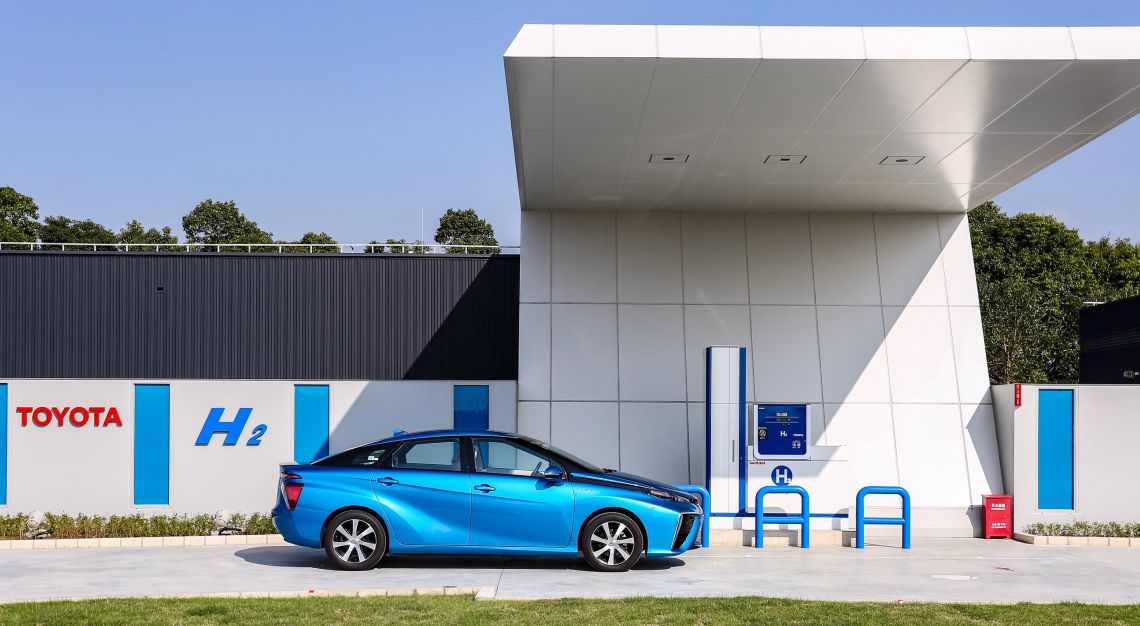
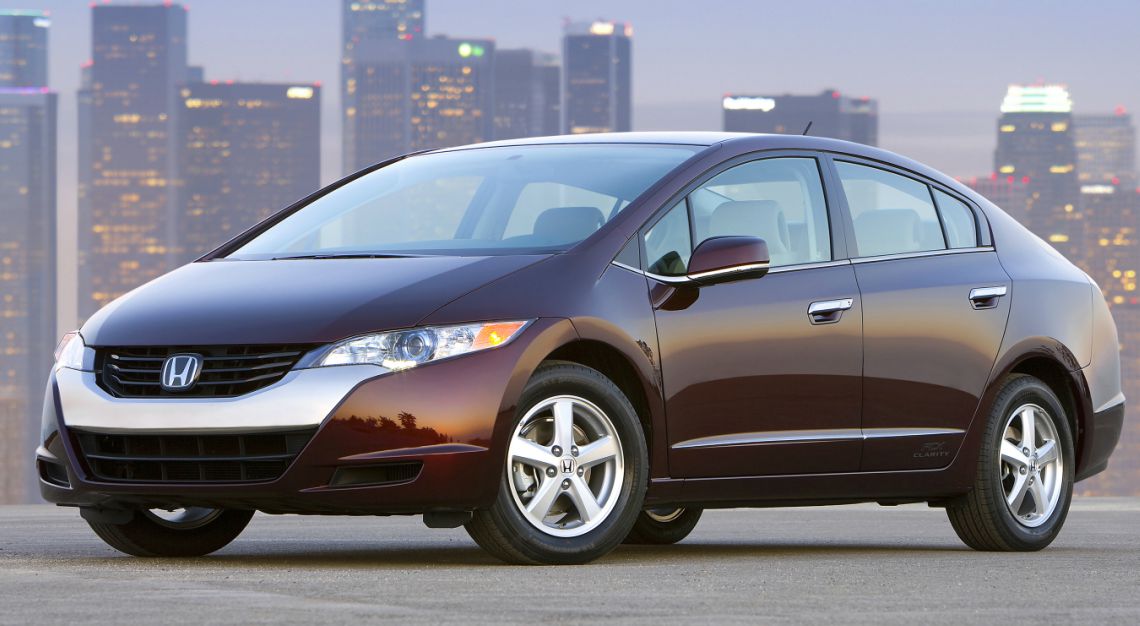
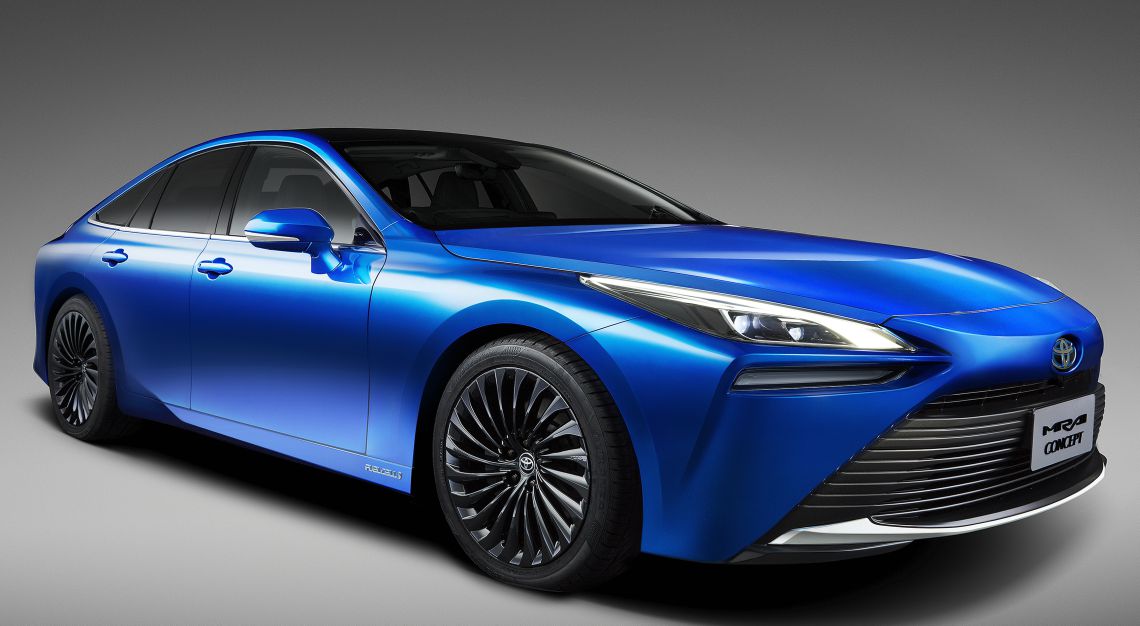
Finnish company Neste are the frontrunners in the biofuel business. At the end of 2018, Neste made an investment of 1.4 billion Euros to expand their Singapore refinery, bringing global capacity to 4.5 million tons by 2023. Neste’s ambitious growth strategy is based on renewable and recycled fuels for both road transportation and aviation.
Teemu Sarjovaara, Head of Neste’s R&D, Products and Applications, believes for existing combustion engines, “we should put all our focus on replacing fossil fuels with biofuels.” To ensure sustainable scalability, he says, “We are accelerating our technological development of new feedstock pools – lignocellulosic, algae, municipal solid waste, recycled plastic waste, Power-to-X – and their production processes.”
When greenhouse gas emissions are looked at from a life-cycle perspective, biofuels can be an excellent and competitive solution to reduce emissions from transportation. “In biofuels our approach is strongly in the “drop-in” solution that can be used in an already existing fleet,” he explains.
Sarjovaara and Dr. Kuttan agree there is no one size fits all solution to the future of cars. In Singapore, the Government has announced a target of 100% BEVs by 2040.
Across the pond in the U.S., a group of electric vehicle makers and stakeholders have allied to create Zero Emission Transportation Association (ZETA), with a goal of enabling 100% electric-vehicle sales by 2030. Members include Tesla, Lucid, Rivian and Lordstown Motors, in this lobbying group, who will push federal policymakers to enact measures favouring electric vehicles.
The Fourth Industrial Revolution, which is unfolding in the 21st Century, is ushering in a series of social, political, cultural, and economic upheavals. Project Drawdown, a non-profit organization providing the world’s leading resource for climate solutions, estimates that autonomous electric-fuelled vehicles (A-EVs) will likely capture a market share of approximately 75 percent by the year 2040.
A-EVs can contribute to decarbonising our transport sectors.
Increased data, coupled with connected vehicle systems, can cut down on collisions, traffic conditions, and potentially even the number of drivers on the road. With the help of 5G networks, autonomous vehicles will be able to exchange immense amounts of data with each other and third-party sensors in real-time, which can be rapidly assessed and analysed by Artificial Intelligence.
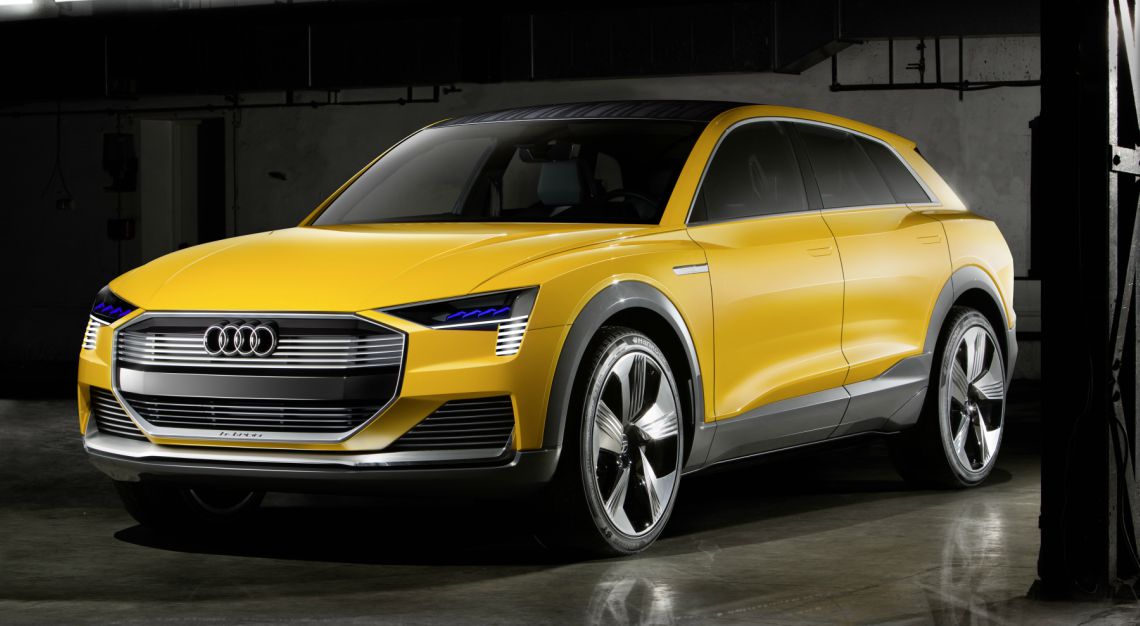
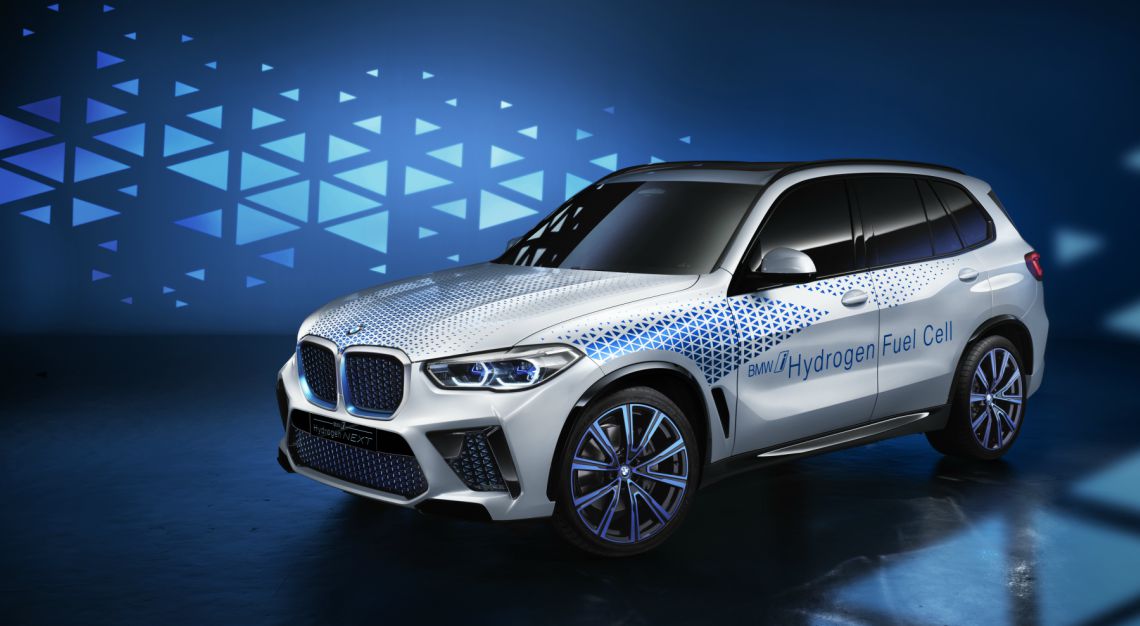

In a report by RethinkX titled Rethinking Transportation 2020-2030, by the year 2030, 95% of US Passenger miles travelled will be served by on-demand autonomous electric vehicles owned by fleets, not individuals, in a business model coined ‘transport-as-a-service’ (TaaS). According to this report, the TaaS disruption will cause oil demand and prices to plummet, destroying trillions of dollars in investor value, while also creating trillions of dollars in new business opportunities, consumer surplus, and GDP growth.
As a result, TaaS fleets will transition from human-driven internal combustion engine (ICE) vehicles to A-EVs because of key cost factors, including ten times higher vehicle-utilisation rates, 500,000-mile vehicle lifetimes, and far lower maintenance, energy, and insurance costs.
For these reasons, the future AV ride-sharing services could actually greatly reduce the number of cars on the road altogether. It may one day be cheaper, faster and more efficient to call an AEV, which could reach you in a matter of seconds, than own your own car.
Justin Gadbois is an Independent Strategy Consultant in innovation and sustainability. He shares that building on the widespread availability of digital technologies that were the result of the Third Industrial Revolution, the Fourth Industrial Revolution will be driven largely by the convergence of digital, biological, and physical innovations, such as AI, which will transform individuals, institutions, and industries, including the way transportation is powered.
“Beyond 30 years’ time, it is likely that AI will be able to compute, design and engineer things that the un-augmented human brain just won’t be able to comprehend, let alone conceive of,” Justin explains. “They will have the ability to work through the complex calculations and have radical new approaches to problem-solving that may result in mobile energy sources that could again reshape the future of mobility.”
